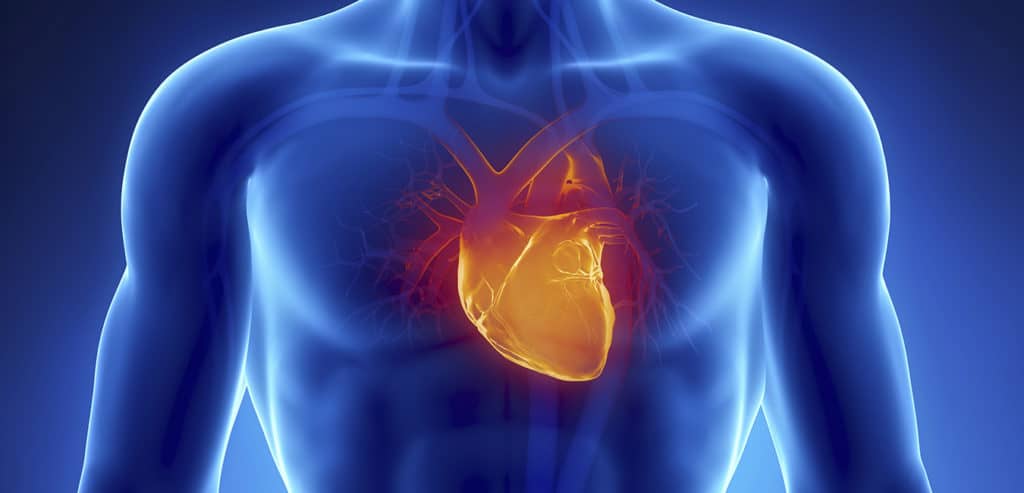Athletes From The Big Ten Rarely Get Heart Inflammation After A Virus
Nikki Attkisson | Last Updated : May 29, 2021Cardiac swelling is uncommon in Big Ten League players who had COVID-19, and it usually goes unnoticed. Including the initial information released from a cooperative database, cardiac swelling is infrequent in Big Ten Association players who have received COVID-19 and generates no evident signs in the majority of cases.
Athletes From The Big Ten Rarely Get Heart Inflammation After A Virus
According to the Big Ten COVID-19 Cardiovascular Registry’s findings, only 37 players out of approximately 1,600 demonstrated indications of cardiovascular infection on neuroimaging testing. As per the research released Thursday in JAMA Cardiovascular, 9 players had any heart problems, arrhythmias, or other signs.

Almost all of the players that were harmed had their swelling decrease a month afterwards although roughly 40percent of the 37 players suffered damage. While myocarditis, the official terminology for both the kind of cardiac swelling implicated, is a major source of unexpected mortality in players, the authors noted it’s unclear if those effects represent a significant safety concern.
Several COVID sufferers have also discovered to have cardiovascular disease, prompting the organization to develop the register in September out of worry that infection might put players in danger.
In the same days, the Big Ten required players with positive COVID-19 results had to undergo cardiovascular testing, particularly image testing, prior to returning to participate. A total of 9,255 players have been examined as of December 15, with 2,810 (or 30 percent) of the positive test.
From March to December 15, 2020, 2,461 players from 13 Big Ten institutions had their hearts tested, includes 1,597 who underwent radiology examinations as part of their screening. It’s unclear whether the swelling was induced by COVID-19 or anything different.
Males made up the majority of individuals whose tests revealed illness. The age and ethnicity of the participants are not taken into account. The risk of fatal heart mortality in college players is believed to be 1 in 50,000 every year.
The combined findings, according to Dr. Saurabh Rajpal, a cardiologist at Ohio State and research co-author, echo those of other research, particularly at his institution. However, he pointed out that the latest information revealed vast disparities in the proportion of injured players ranging from 0% at one institution to 7 percent at others.
Various image scanning and procedures could underlie the differences according to Rajpal, who added that the findings highlight the necessity for a consistent procedure for cardiac monitoring in players.
Players who have cardiac infection must be kept off the field until their signs subside and their diagnostic tests are clear, according to him. The researchers point out that image scanning discovered more cardiac infection than other fewer costly procedures and noted it was discovered in many players who had good findings on both these evaluations.
A JAMA Cardiovascular commentary, on the other hand, challenged if scanning must be needed to determine when university and secondary school players can resume playing. Because it’s unclear if the swelling seen on the scanning is linked to a risk of unexpected mortality the article proposes that blood testing and other more generally accessible procedures be used instead.
Players, their parents, managers, and various stakeholders ought to be informed that while scanning may detect a couple of extra cases of inflammatory, it may also result in needless limitations on return to play according to the article.
With over 15 years as a practicing journalist, Nikki Attkisson found herself at Powdersville Post now after working at several other publications. She is an award-winning journalist with an entrepreneurial spirit and worked as a journalist covering technology, innovation, environmental issues, politics, health etc. Nikki Attkisson has also worked on product development, content strategy, and editorial management for numerous media companies. She began her career at local news stations and worked as a reporter in national newspapers.
